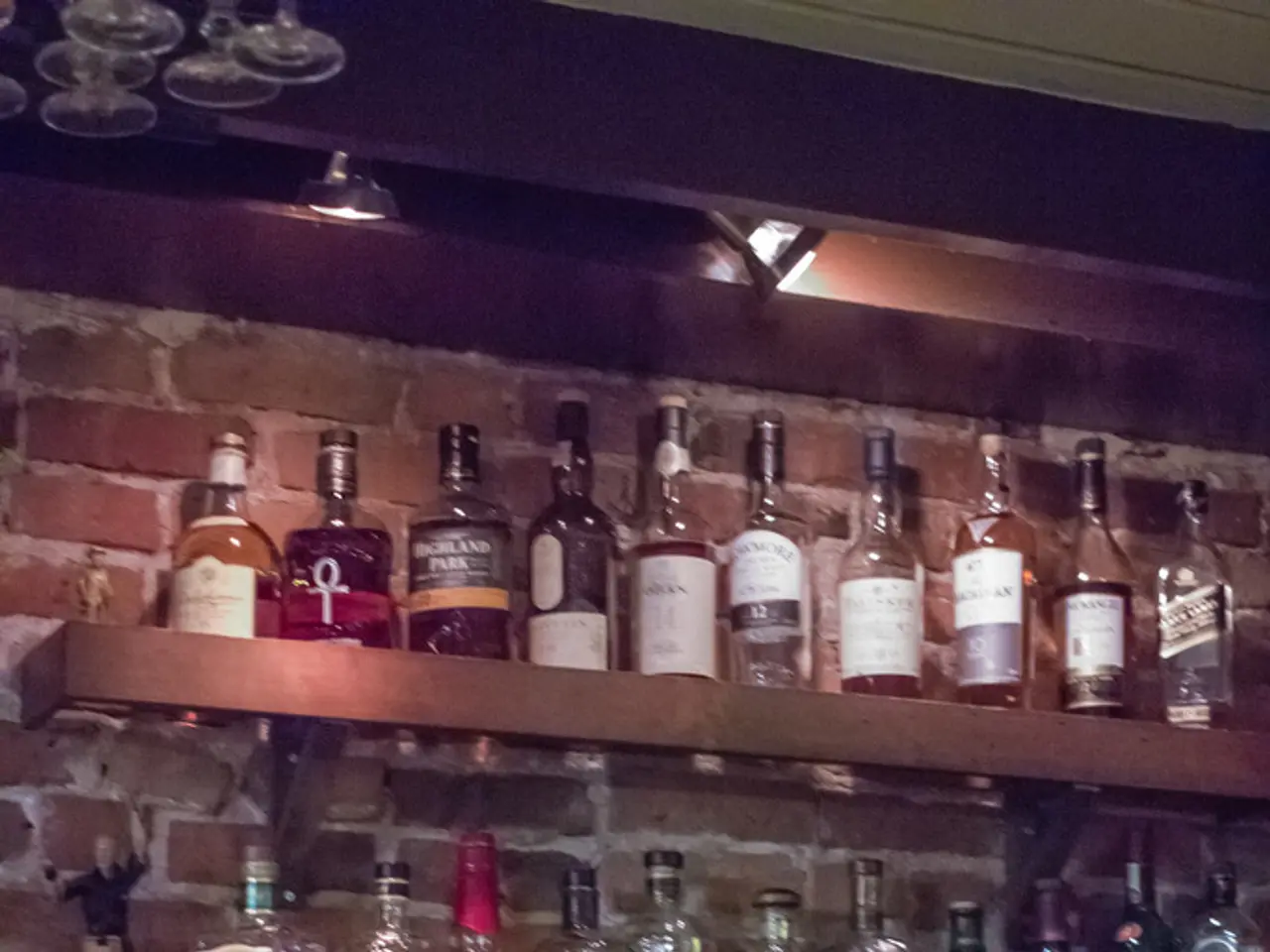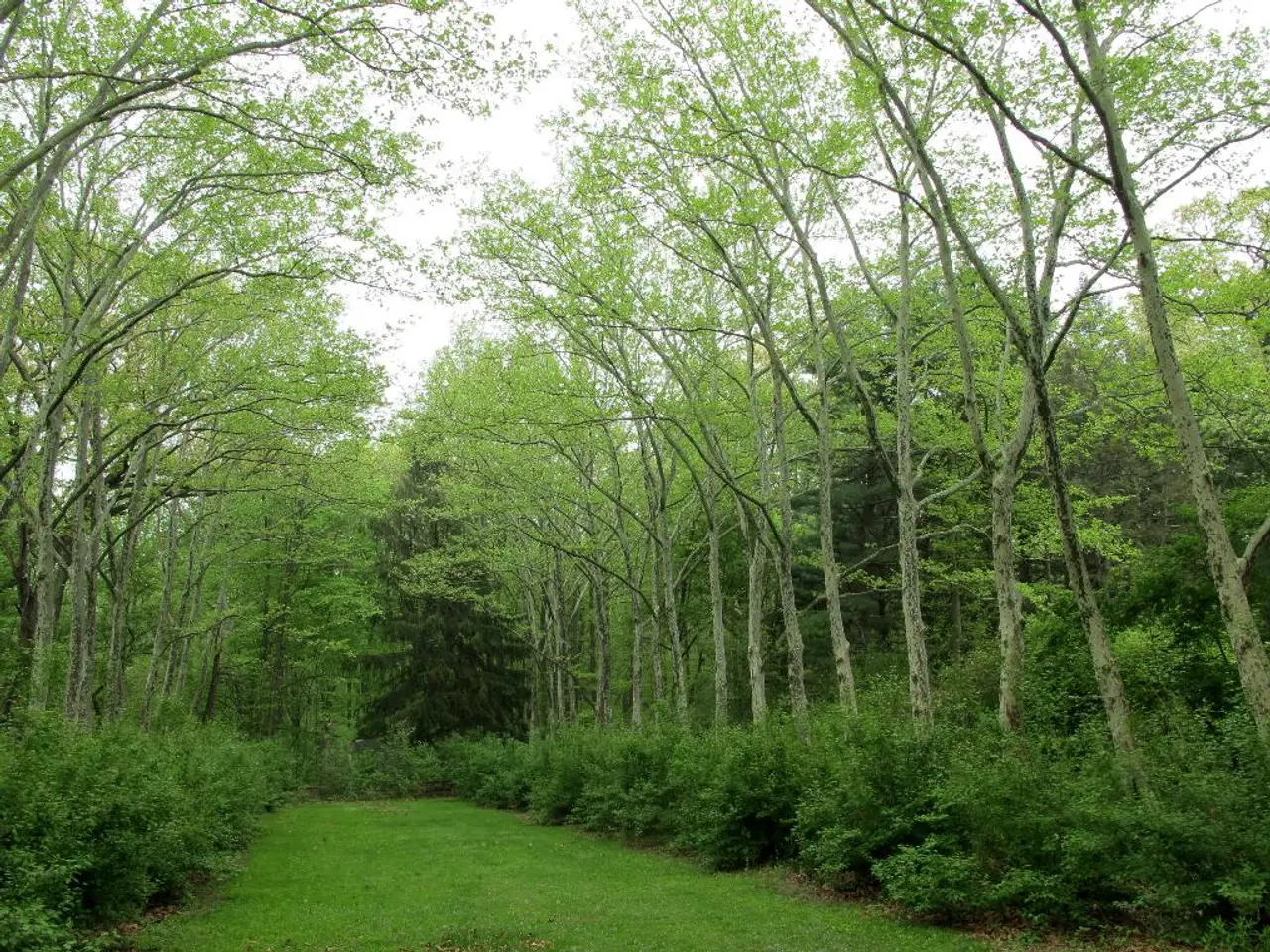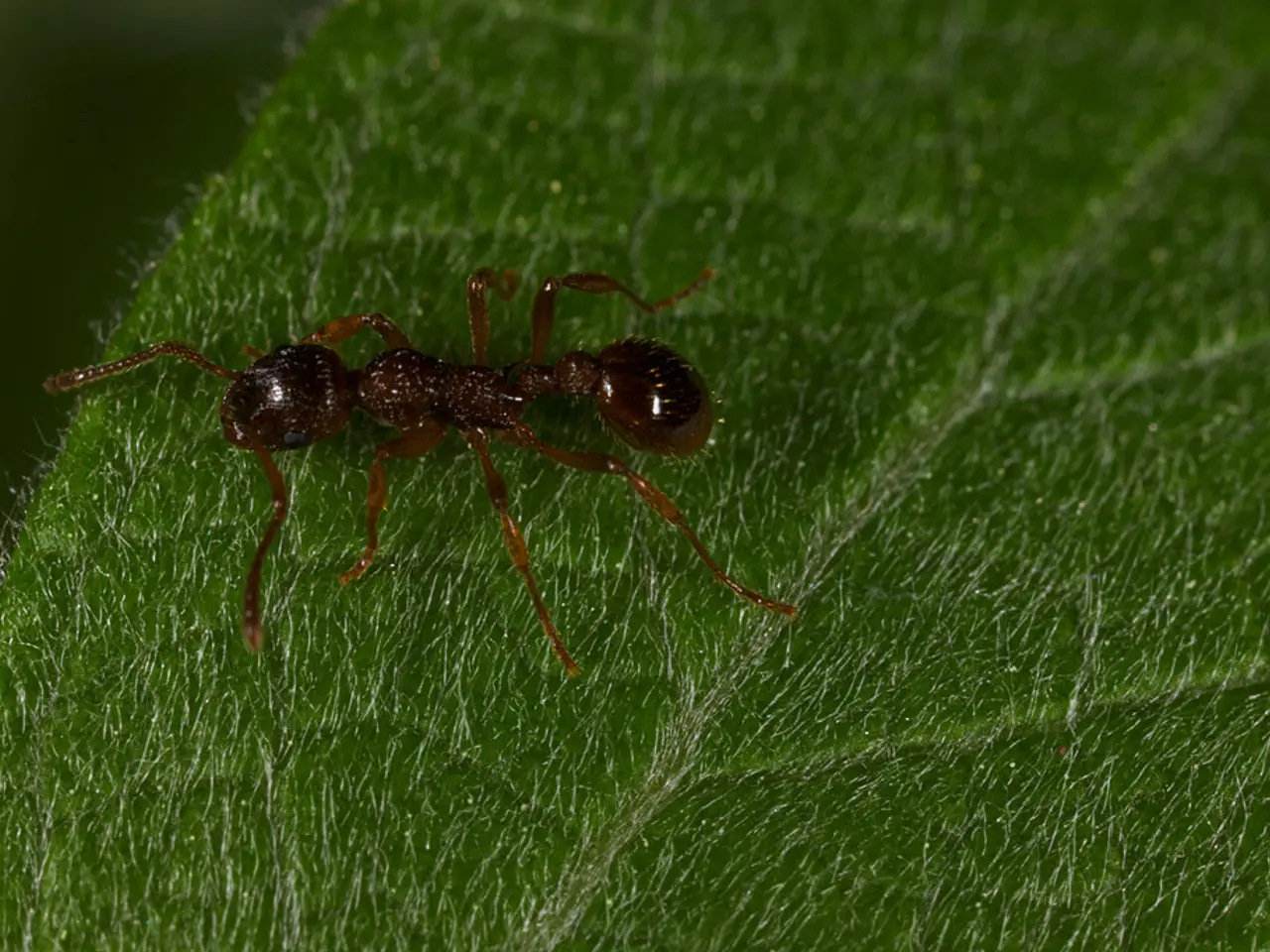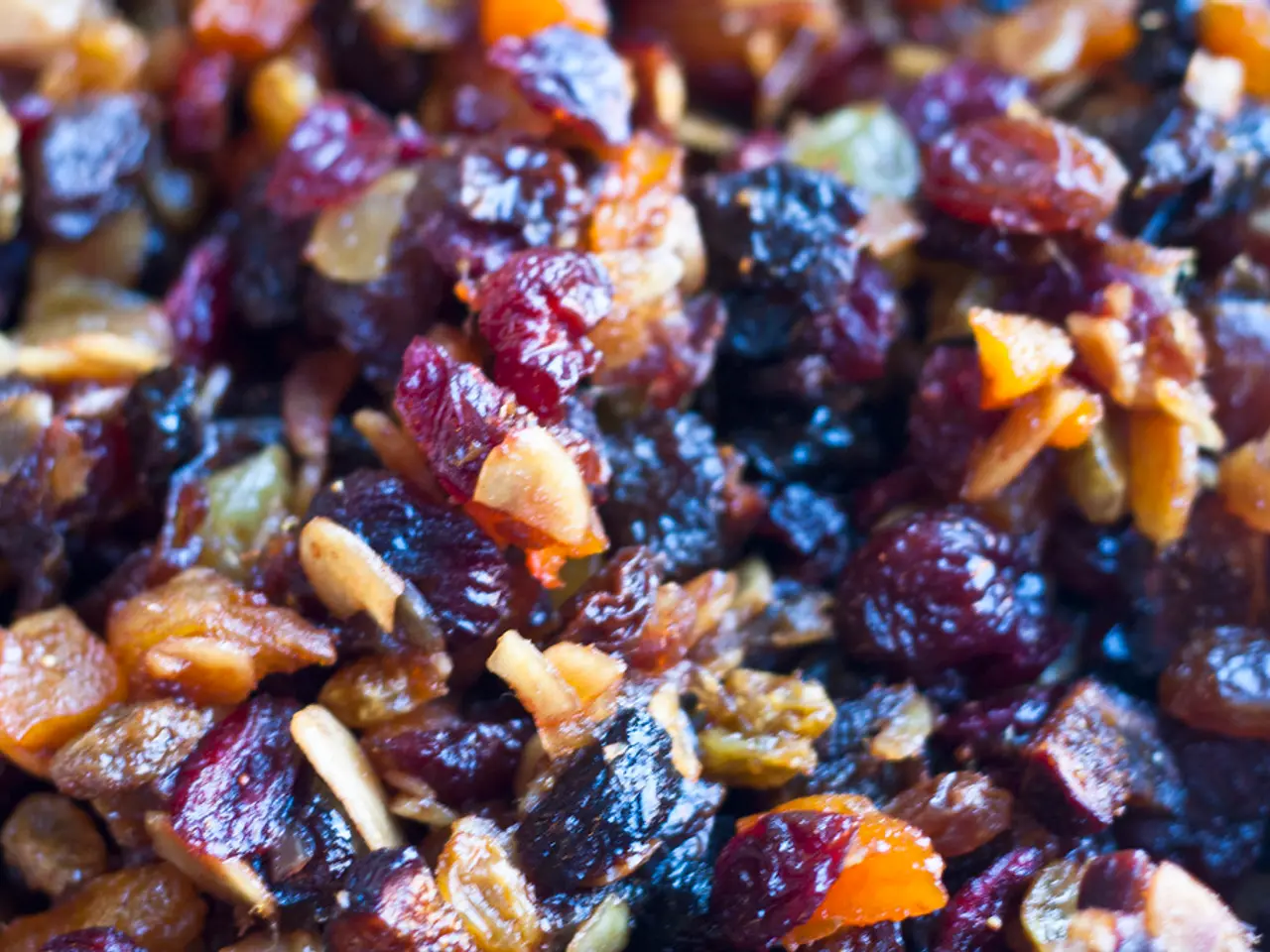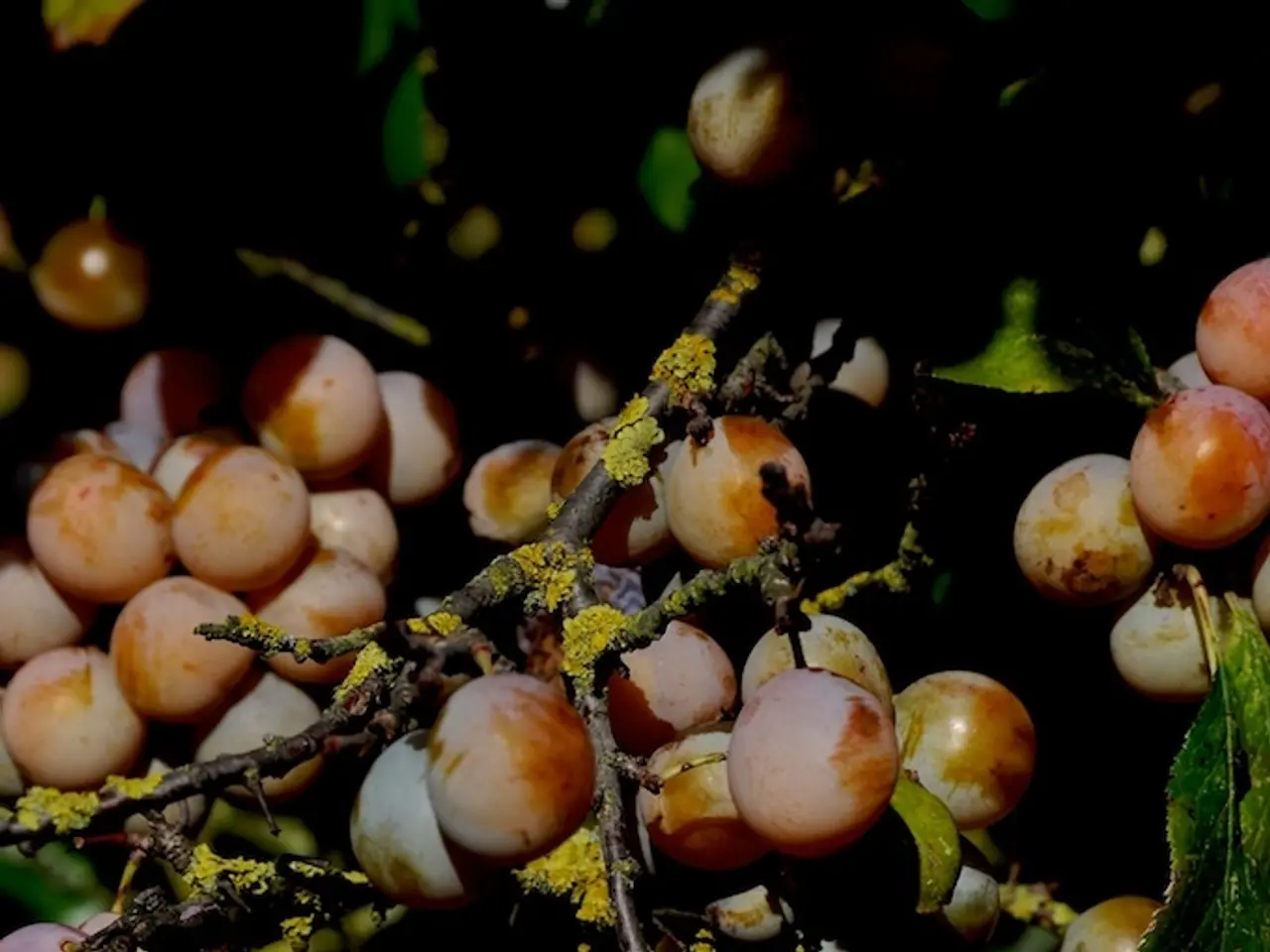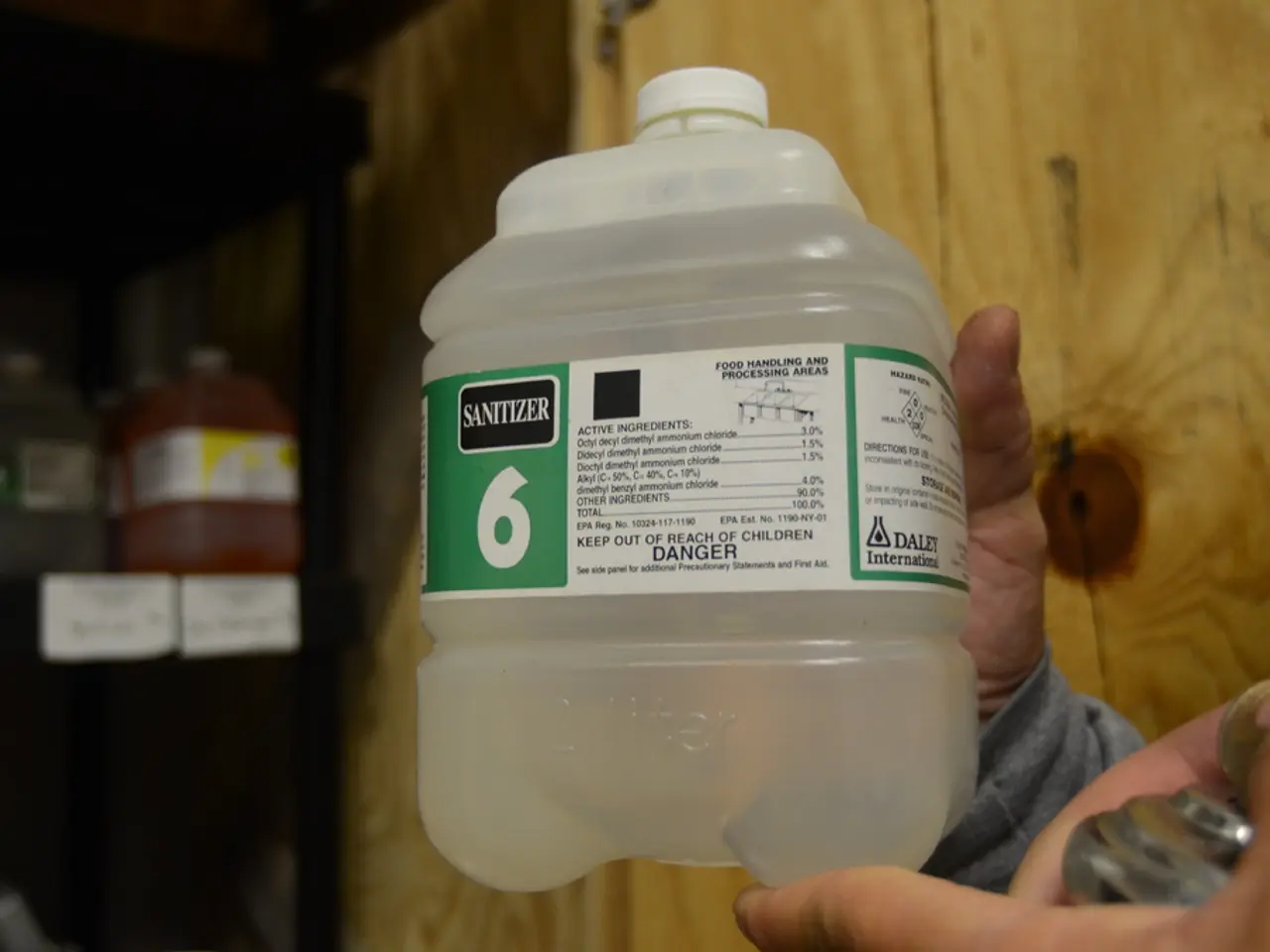Smooth sailing ahead: An abundance of low-alcohol wines ideal for warm seasons
Low-alcohol wines are all the rage as winemakers across the globe shift toward producing lighter, healthier drinks with fewer calories, less sugar, and less alcohol. This health-centric trend has gained traction with both health-conscious consumers and winemakers who are adapting their vinification techniques to meet the growing demand for lighter alcohol expressions.
By a loose definition, 'low alcohol wines' generally peak at around 11-11.5% ABV. Creating a lower-alcohol wine doesn't require rocket science, though. Winemakers can follow a few strategies:
- Harvest grapes earlier in the season when sugar levels are still low. Sugar converts to alcohol during fermentation, so the less sugar there is, the lower the alcohol content will be.
- Stop the fermentation process early, leaving behind sugar that doesn't convert to alcohol, resulting in lower alcohol levels. This technique is commonly used in German Riesling production, which usually falls in the 8-10% ABV range, but at the cost of higher sugar and calorie content.
- Employ mechanical interventions such as distillation technology or filtration systems to remove alcohol from the wine.
Now, let's dive into some delectable, low-alcohol wine options from New Zealand, California, Spain, Portugal, and Italy:
New Zealand
New Zealand has always been at the forefront of the Sauvignon Blanc scene, and Matua, the country's first winery to produce Sauvignon Blanc, is no exception. They recently debuted a lighter, zestier version of Marlborough's beloved grape with the Matua Lighter Sauvignon Blanc, boasting 9% ABV and only 80 calories per 150ml serving.
If you're looking for additional no- or low-alcohol options from New Zealand, Giesen shines with a hearty lineup of seven different labels of 0% alcohol wines, alongside their Pure Light Sauvignon Blanc and Pinot Gris. Both Pure Light labels come in at an impressive 6% ABV, slashing calories by 45% and alcohol by 50%. These wines offer a clean, lean profile with a dose of tropical fruit on the Sauvignon Blanc, making them a fantastic choice for a refreshing, low-calorie tipple.
California
Clif Family Winery, with roots in the nutrition and adventure sport industry, took inspiration from Italy's tradition of leisurely lunches served with lower-alcohol wines, especially after a day of cycling. Their offering, Vino del pranzo, launched with two Napa classics:
- A bright, citrusy Sauvignon Blanc 2024 at 8.5% ABV, perfect for a warm summer day.
- A well-structured Cabernet Sauvignon 2022 with 20 months spent in 60% new French oak (12.5% ABV - notably lower for Napa Cab) to keep purists happy without sacrificing the health-conscious appeal.
These wines, 100% organically farmed in Napa's Oak Knoll District, showcase reduced alcohol levels without compromising on aroma, flavor, or texture.
Scheid Family Wines also offers a competitive low-alcohol entry with its Monterey County label, Sunny with a Chance of Flowers. This sustainable, zero-sugar wine collection features seven wines, ranging from sparkling rosé to Cabernet Sauvignon, all hovering around 9% ABV (depending on vintage). The Pinot Noir boasts generous plum and raspberry flavors, a welcoming addition to the low-alcohol scene.
Spain
Cava, Spain's take on sparkling wine, typically comes in around the 11.5% ABV mark, but Freixenet Cava Blanc de Blancs deviates from the norm with its creamier style and generous palate pep. This elegant wine showcases ripe apple, citrus blossom, and a hint of toasted pastries, all wrapped up at 11.5% ABV.
Portugal
Broadbent's Vinho Verde NV is a vibrant white wine crafted using indigenous grapes, including Loureiro, Trajadura, and Pedernã. This refreshing, slightly spritzy white wine hails from Portugal's northern region and comes in at a mere 9% ABV. It offers a mouthwatering medley of fresh-cut apple and citrus flavors with a zingy acidity that makes it an ideal pairing for a variety of dishes.
Italy
While dessert wines may seem out of place in this discussion, Saracco Moscato d'Asti from Piedmont deserves a shout-out. This slightly sparkling wine packs a punch in terms of flavor, with a delectable yin and yang of sweet and tangy acidity, all while keeping the alcohol content low at only 6% ABV (2024 vintage). Many Italian Proseccos also fall below the 11% ABV threshold, including the organic Ziobaffa Prosecco NV, which bursts with ripe peach, citrus, and acacia blossom aromas.
Regardless of the region or grape variety, winemakers worldwide are making strides in crafting well-made, lower-alcohol wine that stays true to both traditional styles and nuanced expressions. So, pour yourself a glass and toast to the future of vino!
If you're interested in exploring non-alcoholic cocktails, check out our article on how to make outstanding non-alcoholic cocktails at home. And for wine enthusiasts, we've got expert recommendations for non-alcoholic spirits and professional insights into the low/no spirits landscape. Cheers!
- The trend of health-centric winemaking, which includes producing low-alcohol wines, is not only embraced by consumers but also by winemakers who are integrating science and nutrition into their vinification techniques.
- In addition to New Zealand and California, Spain, Portugal, and Italy are also making waves in the low-alcohol wine scene, offering a variety of styles that cater to health-and-wellness and lifestyle preferences.
- Beyond wine, the concept of healthier consumption extends to other areas of food-and-drink and lifestyle, with a growing interest in nutrition, fitness-and-exercise, and non-alcoholic options that still deliver on taste and flavor.
